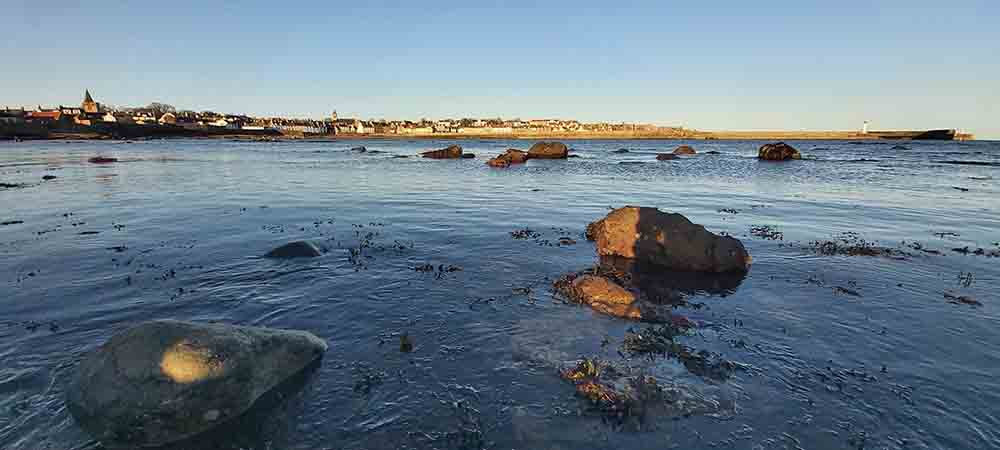Scientists from the University of St Andrews and Marine Scotland have undertaken the first full mapping of carbon stores across the UK’s offshore Exclusive Economic Zone (EEZ).
Marine sediments accumulating on the ocean floor act as traps and long-term stores of carbon.
The new article, published in Frontiers in Earth Science today, is the first comprehensive assessment of the entire UK EEZ carbon stock and provides a new methodological framework to map carbon in shelf sea sediments that could be applied worldwide.
The research provides a UK-wide national break-down of carbon stocks in marine sediments, placing Scotland’s shelf seas very much at the forefront of these natural resources.
While representing only 8.9 per cent of the global seabed area, continental shelf sediments are estimated to hold 16 per cent of the global organic carbon stock and annually account for 86 per cent of all organic carbon buried in marine sub tidal sediments.

These sedimentary environments are believed to play an important role in the global carbon cycle and as such require management to ensure this climate service continues.
An Exclusive Economic Zone (EEZ) is an area of the sea in which a sovereign state has special rights regarding the exploration and use of marine resources, including energy production from water and wind.
The UK EEZ includes a variety of marine sedimentary environments across a range of water depths.
The UK has one of the most intensively mapped seabeds in terms of carbon storage, however, any attempt to bring data together from the fjords, estuaries and adjacent deep waters to develop the first holistic understanding of superficial carbon over the entire UK EEZ has proved difficult.
Dr Craig Smeaton, a research fellow at the University of St Andrews, said: “To overcome the issues encountered by earlier studies, nearly 275,000 data points were compiled describing the sediment type on the seabed and allowing the creation of a bespoke high-resolution map of the UK EEZ seabed.
“This, in conjunction with carbon data from across the UK EEZ, allowed a detailed picture of the spatial distribution of C storage across the seafloor.”

